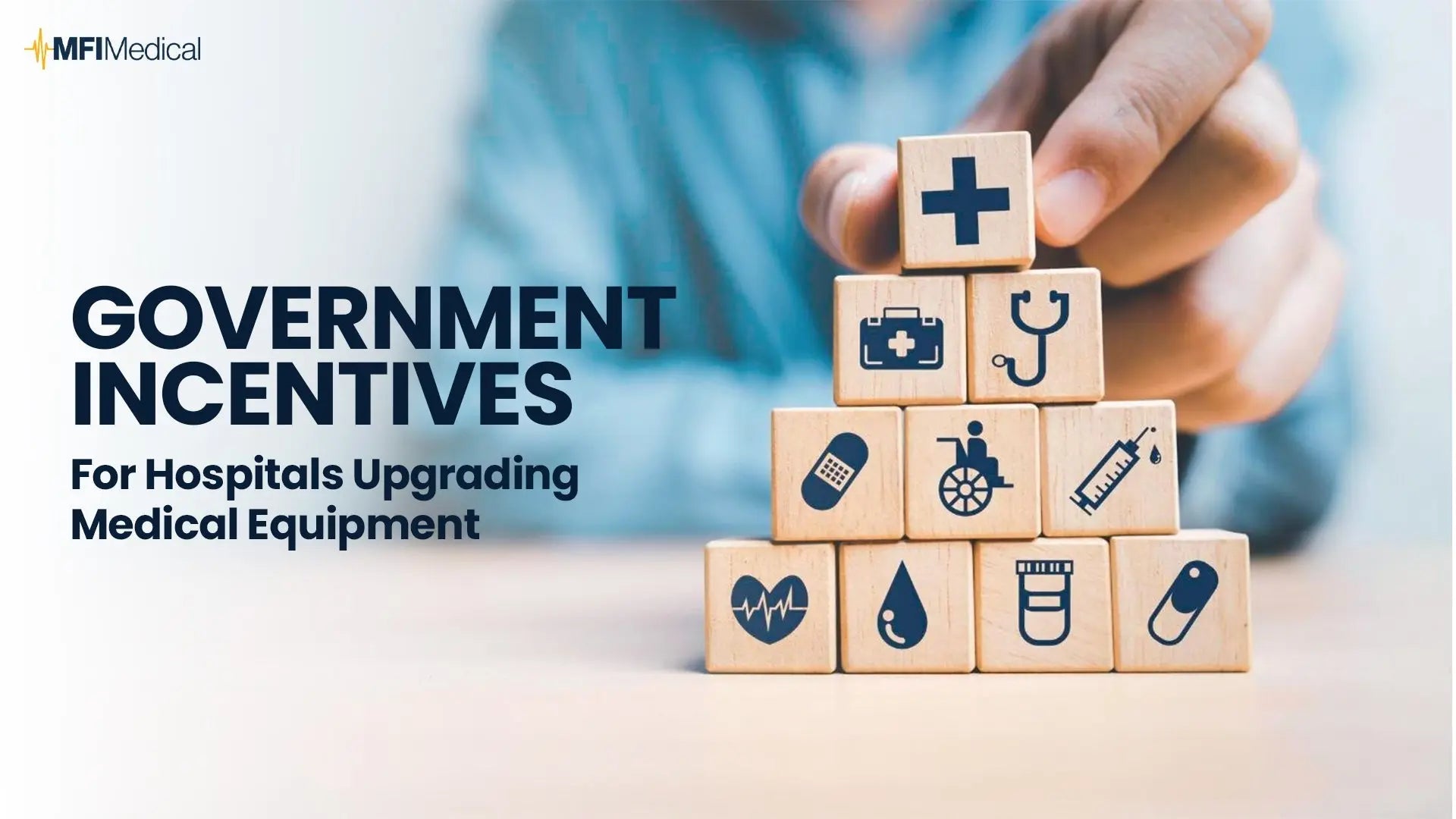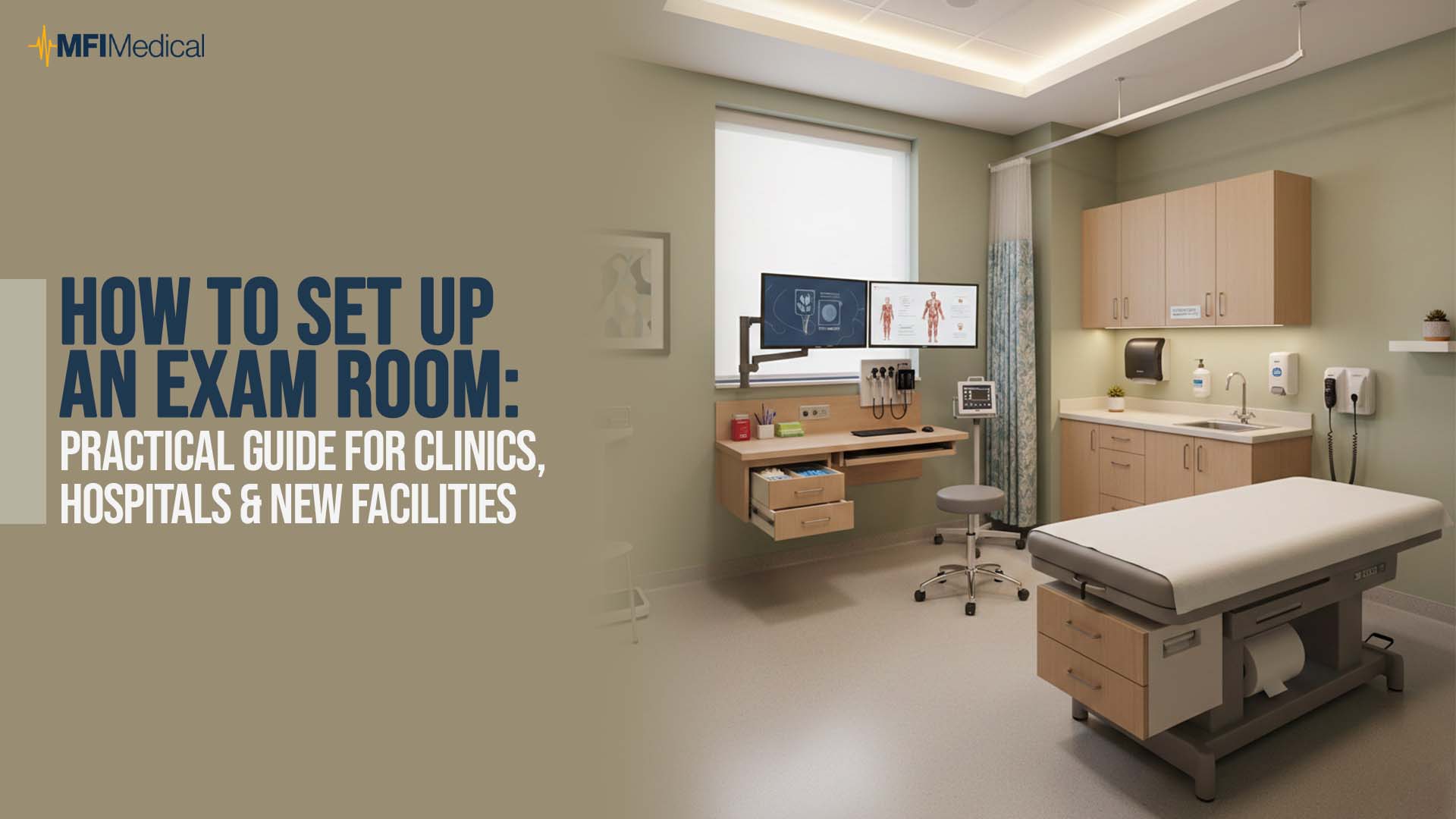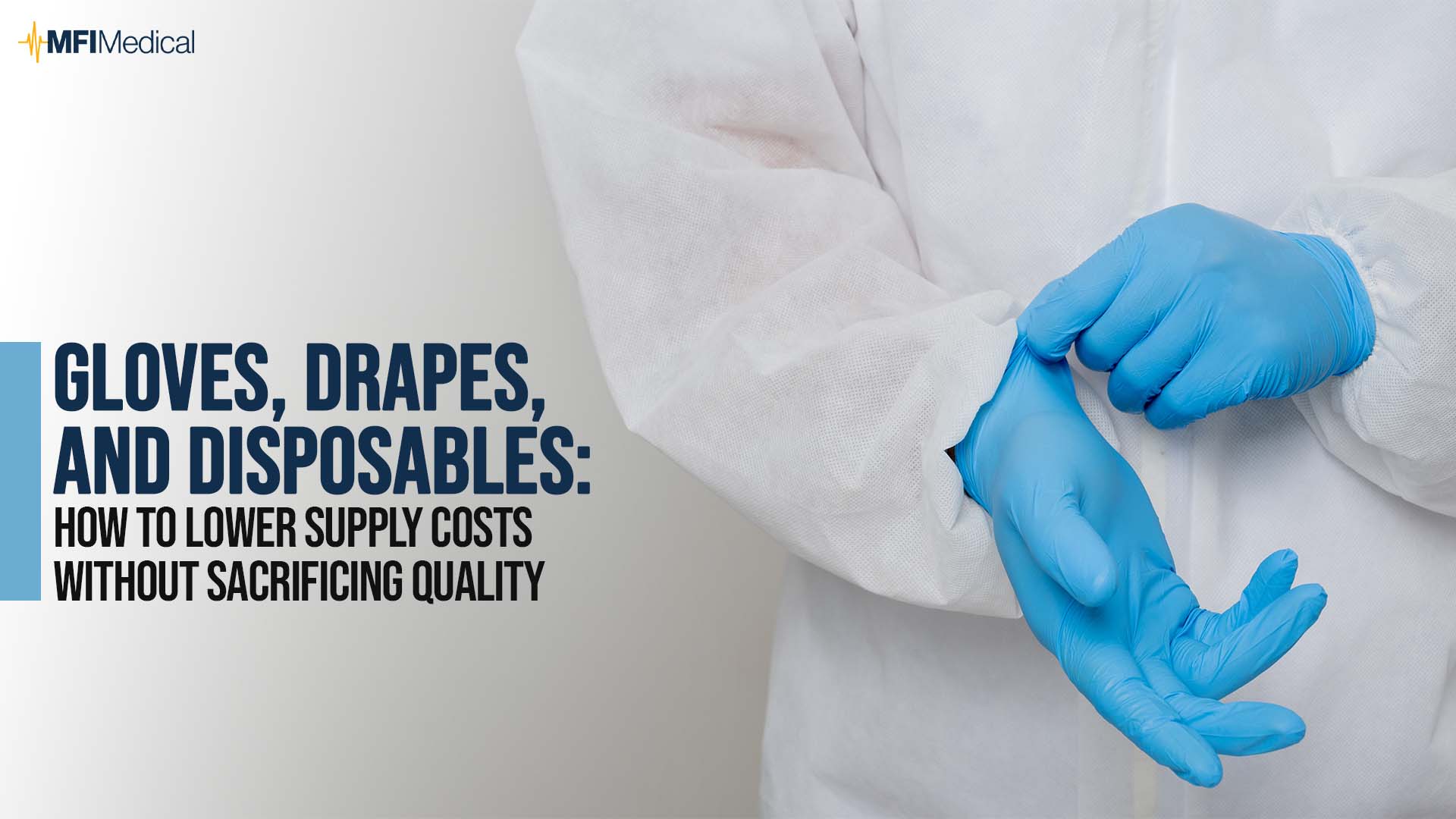Upgrading medical equipment is more than a financial decision—it’s an investment in better patient care, safety, and efficiency. In the United States, the cost of purchasing or leasing advanced healthcare equipment can be significant. Fortunately, hospitals have access to a wide range of government-backed programs, tax incentives, and grant opportunities that can help reduce this financial burden.
Whether your facility is expanding into digital health technologies, replacing outdated diagnostic tools, or improving energy efficiency, there are real resources available to support your efforts. Below is a guide to the most relevant programs that hospitals can take advantage of when upgrading their medical equipment.
Accelerated Depreciation (Section 179 & Bonus Depreciation)
Tax incentives can go a long way in helping hospitals manage large capital investments. Under Section 179, healthcare providers can deduct the full purchase price of qualifying equipment in the year it’s placed in service, rather than spreading the cost over multiple years.
This is especially beneficial for hospitals investing in high-cost items like imaging systems, surgical tools, and health IT infrastructure. In 2025, the Section 179 limit may reach up to $1 million, depending on your total equipment spend. Bonus depreciation can also be applied beyond that threshold.
This incentive helps hospitals see faster returns on their investments and frees up budget for other patient care priorities.
Hospital Improvement Grants (HRSA)
Hospitals serving rural or underserved areas may qualify for funding through the Health Resources & Services Administration (HRSA). These grants are designed to support infrastructure upgrades that improve care delivery in communities that need it most.
Hospitals can apply this funding toward modernizing medical equipment, building up telehealth systems, or improving emergency readiness. Programs like the Small Rural Hospital Improvement Program (SHIP) and Capital Assistance for Disaster Response and Recovery Efforts (CADRE) are great places to start.
These grants are not only financial lifelines—they also help level the playing field for hospitals that face geographic or economic disadvantages.
Medicare & Medicaid Health IT Incentives
Digital transformation is a major focus in modern healthcare, and government incentives are still available to support hospitals in this area. While the original EHR Incentive Program (also known as Meaningful Use) has ended, its mission continues under the Medicare Promoting Interoperability Program.
Hospitals that adopt and effectively use certified Electronic Health Records (EHR) systems may be eligible for continued financial support. While the program mainly targets software usage, connected hardware like servers, networking tools, and monitoring equipment often play a critical role in meeting the requirements.
These incentives are especially helpful for hospitals committed to improving care coordination and patient access to records.
Energy Efficiency Grants and Rebates
In recent years, hospitals have started to look at energy efficiency not just as a cost-saving strategy, but as a responsibility to their communities and the environment. Agencies like the Department of Energy (DOE) and the Environmental Protection Agency (EPA), along with local utility companies, offer grants and rebates to help hospitals install energy-efficient equipment.
Examples include rebates on ENERGY STAR® certified imaging equipment, HVAC systems, sterilizers, and even lighting solutions. State-run programs such as Hospital Efficiency Initiatives can also help reduce long-term utility expenses.
These incentives allow hospitals to upgrade medical infrastructure while also making a positive environmental impact.
FEMA Grants for Disaster Preparedness
Hospitals operating in disaster-prone or high-risk areas can tap into grant opportunities through the Federal Emergency Management Agency (FEMA). These grants become available during federally declared emergencies or through hazard mitigation efforts.
Programs like the Public Assistance Program and the Hazard Mitigation Grant Program help hospitals replace damaged or aging equipment with more resilient, up-to-date models. In some cases, funding may also support new installations that enhance emergency response capabilities.
If your hospital is preparing for or recovering from a natural disaster, FEMA’s support can ease the burden of upgrading essential medical tools.
VA and Department of Defense Partnerships
Hospitals and clinics that serve veteran or military populations can benefit from unique funding programs offered by the Department of Veterans Affairs (VA) and the Department of Defense (DoD). These partnerships often provide financial assistance for upgrading surgical suites, imaging systems, and patient monitoring technology.
Such programs not only ensure top-tier care for veterans and service members but also bring modernization to facilities that may not otherwise qualify for mainstream funding streams.
If your organization works closely with military or VA systems, it’s worth exploring available partnerships or shared services agreements.
Capital Support for Rural Hospitals (CMS Reimbursement)
Smaller hospitals, particularly Critical Access Hospitals (CAHs) in rural areas, can access capital support through Medicare’s cost-based reimbursement model. This means that eligible equipment upgrades may be reimbursed as part of your hospital’s operational expenses.
This type of support can significantly ease the cost of upgrading diagnostic tools, patient monitoring systems, and other essential equipment. It also helps maintain the quality of care in regions where hospitals often operate on thinner margins.
For rural providers, this program can be a crucial tool in staying competitive and delivering high-quality care.
State-Specific Healthcare Grant Programs
In addition to federal programs, many states offer their own grant and funding initiatives to support hospital upgrades and healthcare delivery improvements.
For example:
-
California’s OSHPD program offers funding for seismic safety and equipment upgrades.
-
Texas's 1115 Waiver supports infrastructure and transformation initiatives.
-
New York’s HEAL NY Grant Program focuses on modernization and facility enhancement.
These programs vary by state and often operate on a cyclical or limited-availability basis, so staying in touch with your state health department or hospital association is key to catching the right opportunity.
Final Thoughts & Recommendations
Replacing or upgrading medical equipment can be expensive, no doubt. But when hospitals take advantage of available government programs, whether it’s grants, tax savings, or special reimbursements, it becomes a lot more doable. There’s real support out there for hospitals that take the time to explore their options and plan.
To make the most of what’s available:
-
Check Grants.gov and HRSA.gov for current federal opportunities.
-
Speak with your hospital’s finance or grants team to match funding to your equipment needs.
-
Coordinate with state-level healthcare agencies for region-specific grants and rebate programs.
Shop Now with Confidence
At MFI Medical, we support hospitals across the country with a selection of over 120,000 medical products. Whether you’re upgrading diagnostic imaging systems or investing in telehealth tools, we have the equipment and expertise to guide your purchase.
Ready to take the next step?
Shop now and explore solutions designed to meet today’s standards—and tomorrow’s challenges.




